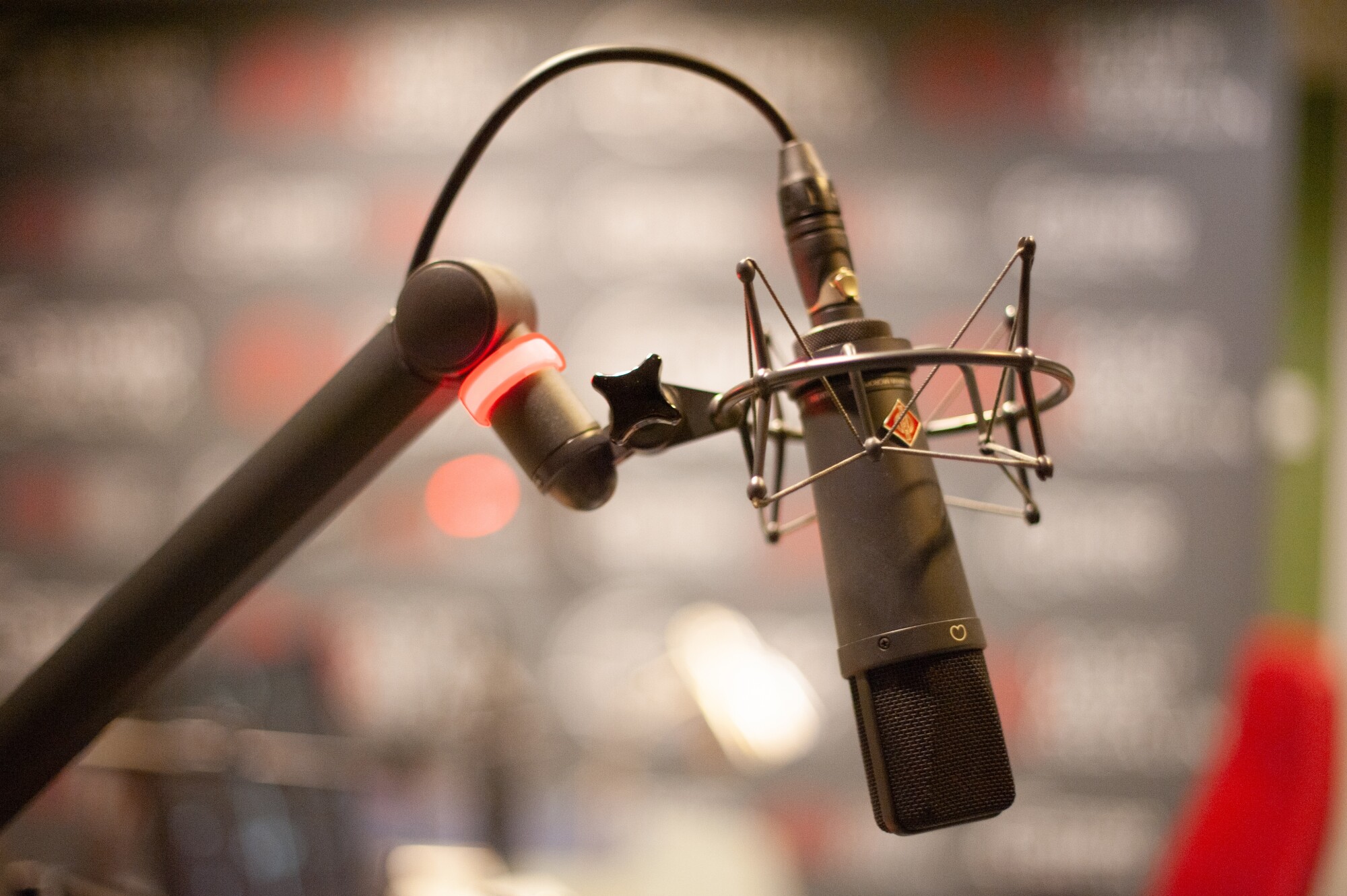
So you’ve got a radio station. Now you need to have great radio programming to go along with it. Coming up with a programming schedule can be a very difficult job: it’s the bane of producers everywhere!
Yet, nevertheless, it’s still an essential part of running a radio station. So, how can you create a schedule that your listeners will enjoy? How can you make sure they don’t go anywhere near that dial?
In this guide, we’ll take a look at some tips that will help you to create a fantastic schedule of programs for your station. Are you ready to learn more and start improving your radio station? Then read on!
1. Figure Out What Type of Radio Station You Are
No two radio stations are exactly the same. Some will specialize in a particular genre of music or style of presentation (see radio stations that are exclusively talk radio, for example), while others will have a real mix of programs.
Neither of these is better than the other. However, some new or otherwise smaller radio stations find that their listeners tend to come from a similar demographic that prefers one kind of content to another. For instance, you may find that your listeners love to listen to rock music, in which case you may wish to pack your schedule with rock programs to maximize your listenership.
The disadvantage to this approach is that you may find it hard to attract new listeners from other demographics. If you want to broaden your listenership, you may want to try and produce many different kinds of content, but be warned that this may put off your core demographic. It’s a balancing act: do you want to try and maximize your current listenership or break into new markets?
2. Understand the Key Times Where You Need Your Best Talent
While you may want to pack your radio schedule with top talent, there are a few crucial timeslots where you need the cream of the crop. Let’s take a look at these right now.
The Breakfast Slot
Even in this day of vocal radio audiences, one thing hasn’t changed: breakfast radio is one of the most important slots. Running from around 6 AM until 10 AM, you need to have some of your best talents on first thing in the morning when people are starting their day.
The right content here can put a spring in your audience’s step and have them coming back for more day after day. If you make a poor impression during this timeslot, you’ll lose some audience share in other timeslots too.
The emphasis here needs to be on feel-good vibes. Play great music and have fun chat.
Lunchtime Slot
Many people like to tune into the radio during their lunch break. While breakfast needed to be a little lighter, this is a good time to start introducing more challenging topics. If you’re a talk radio station, you could use this slot to discuss news and current events, while if you’re a music station, you could do interviews or album reviews.
The lunchtime slot traditionally runs from around 11 AM until 2 PM.
Drivetime
Drivetime is a great time to broadcast content. Running from 4 PM until about 6 PM, many people will be sitting in their cars, ready and waiting for some fantastic radio to keep them occupied.
A varied mix of music and chat is very good here, while this is also a great time for talk radio shows to run phone-ins, challenging your listenership and keeping them thinking.
Many people will be flipping between stations at this time of day, so keep your content varied, too.
Late-Night Radio
Late-night radio is the time for more provocative radio that you wouldn’t run at other times. This includes edgier radio shows that may make use of shock jock tactics.
However, this is also a great time for long-form radio. If you want to do a very eclectic music show or if you’d like to listen to an album in full and discuss it, late-night is the time to do it. This is also a good time to run audio dramas or plays if you have this type of content.
3. Don’t Be Afraid to Pre-Record
Getting staff to man the desk during the graveyard shift of midnight until the breakfast show can be quite difficult. If you want to, you could always try prerecording your shows. This allows you to curate a highly edited selection of shows that will give your station a polished nighttime lineup without requiring staff to be in the studio overnight.
The only disadvantage to this approach is that it makes audience interaction impossible. You can’t run phone-ins or have other features like this, which may make your listeners feel slightly cut off from the show.
4. Tweak Your Schedules
Ultimately, the only way to find the best programming schedule for your radio station is to try multiple different approaches. Don’t make sweeping changes to your station overnight, but try making small tweaks every so often and seeing how your audience reacts.
Over time, you will be able to use your audience’s reactions to create a schedule that both you and they will love.
Coming Up With a Great Radio Station Schedule Takes Time
Coming up with a fantastic radio station schedule is a marathon, not a sprint. Try different approaches, keep your primetime slots golden, and keep track of your audience reactions and demographic changes.
If you’d like some help producing your radio show, we’re happy to help. We can create scripts, program your music selections, and a whole lot more. For more information about our services, look around our website or contact us today!






No comment yet, add your voice below!